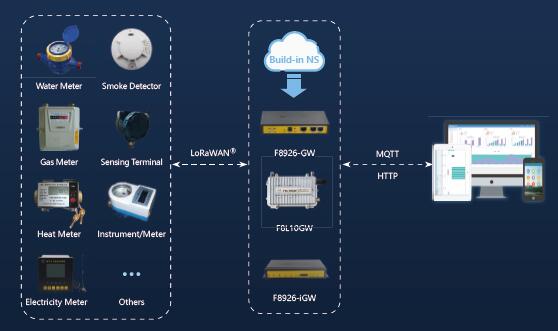LoRa gateway brings geolocation to every IoT device. Geolocation is one of the most compelling and fastest growing Internet of Things (IoT) applications. A variety of industries such as transportation, logistics, healthcare, and food services are looking to replace inefficient and burdensome manual processes with geolocation asset management solutions. Geolocation-equipped devices automatically locate, track and monitor physical assets such as equipment, product, vehicles, and people. However, traditional GPS technologies are expensive, have technical boundaries that prevent successful deployments and require extensive power to operate.
Wouldn't it be nice to have geolocation as a native service on any type of connected device? Wouldn't it be even better if there were a solution with up to 10 times the extended battery life of existing Cellular solutions? How about allowing customers to pay for their geolocation services only when needed? The future of geolocation has arrived.
Installation & Maintenance
When deploying IoT, it is easy to make mistakes. For instance, during installation or maintenance of your IoT devices, every device must be logged for its location. The manual registration process when installing sensors in a building, for example, is subject to human error. If you don't have the location correct, the data you receive from the device is meaningless.
Track and Trace
Geolocation is frequently used in track and trace asset management applications with a mobility aspect. This segment, however, remains penalized by a lack of low-power and cost-effective solutions, resulting in a low volume of adoption. It is difficult and expensive to scale deployments of conventional GPS trackers that require batteries to be replaced several times per year, especially if there are thousands in the field.
Data Analytics
Diversity of information, such as rich geolocation data, enables smarter analytics with AI engines. This helps organizations optimize operational processes and verify authenticity of a device and its data. If the location does not match the registered location in your database, then it means something is wrong or there is a potential for fraud.
The Future of Geolocation
Four-Faith has been working hard to make geolocation technology as low power and low touch as possible. We have addressed common IoT challenges such as diversity of sensor data, cost of ownership and ease of use. Our innovative efforts to solve these issues have made geolocation one of the key drivers for the mass adoption of Four-Faith's LoRa gateway devices and the LoRaWAN gateway standard.
Expanding the availability and use cases for geolocation has opened the door for new business models. For instance, Helium is using proof of location with automatic mapping as a major feature for their cryptocurrency mining. Another example, Volvo Group, offers a parking management system for its factory yards to track thousands of cars and trucks. When vehicles have been moved, alerts are triggered, letting operations know the exact coordinates of the new location – saving time and preventing loss. This solution is based on a private LoRaWAN gateway network deployed and managed using the ThingPark™ IoT Platform from Actility.
Now, geolocation capabilities have the potential to be in every IoT device, even fixed assets. Many of our geolocation uses cases involve devices that don’t move or that rarely move. Imagine geolocation as a feature which is so affordable that you would use it for a very limited time of the IoT device’s life, maybe several times a year, perhaps just once a year, or why not, just once in the device's lifetime.
Low Power Geolocation for Fixed Assets?
This new paradigm is best explained by taking a look at the device journey of a fixed asset. For instance, let’s take a water meter sensor. At first sight, why would you need geolocation for a meter which by nature is fixed? Well, let's follow its journey.
To begin, it is manufactured and then transported, likely on a pallet with other meters. Obviously, you want to know when the pallet left the factory and when it is due to arrive in the warehouse, and geolocation is the best way to get this information. Once in the warehouse, you may be interested in easily verifying that the given meter is actually there or, by means of geolocation, how many devices are in stock and available to utility customers for sale and installation.
As mentioned before, when installing the meter, you have to log the location. Being able to ensure that the actual sensor location matches the plan is a critical task. It allows the utility company to correct mistakes before they become a big issue.
And over time, such assets require maintenance. Sometimes these services are outsourced to a third party, and the precise database of locations of the meters may not be up to date or properly communicated with the third party. But what if the technician, when arriving on-site, could self-interrogate and verify the actual location of the asset to service? This would provide flexibility, efficiency and cost-savings for everybody.
We believe every IoT device should have the low power geolocation-ready feature –whether it's a mobile asset or a fixed asset. This is possible, thanks to the low power aspect of LoRa gateway and LoRaWAN gateway and the LoRa Edge platform, which delivers the IoT industry's lowest power and most affordable geolocation capabilities.




















